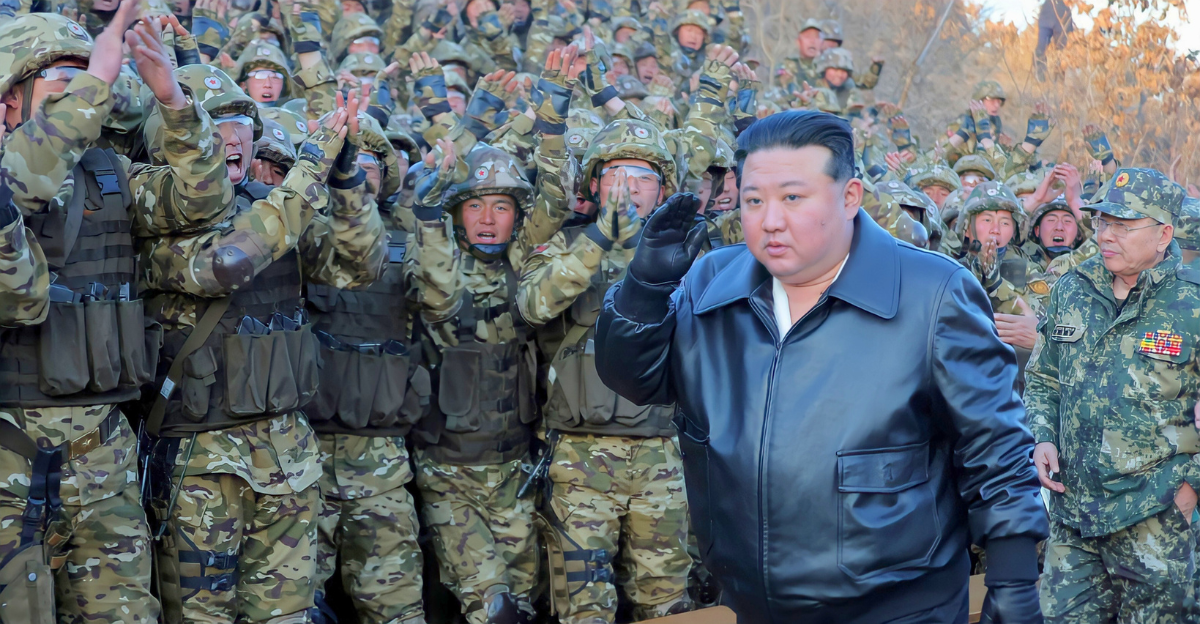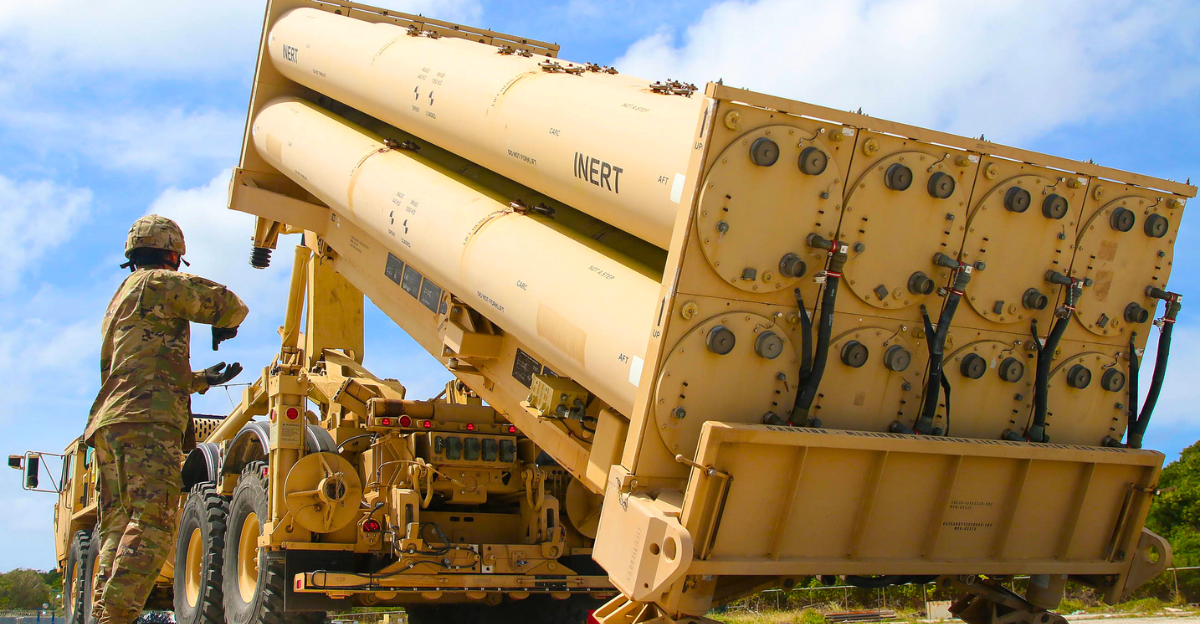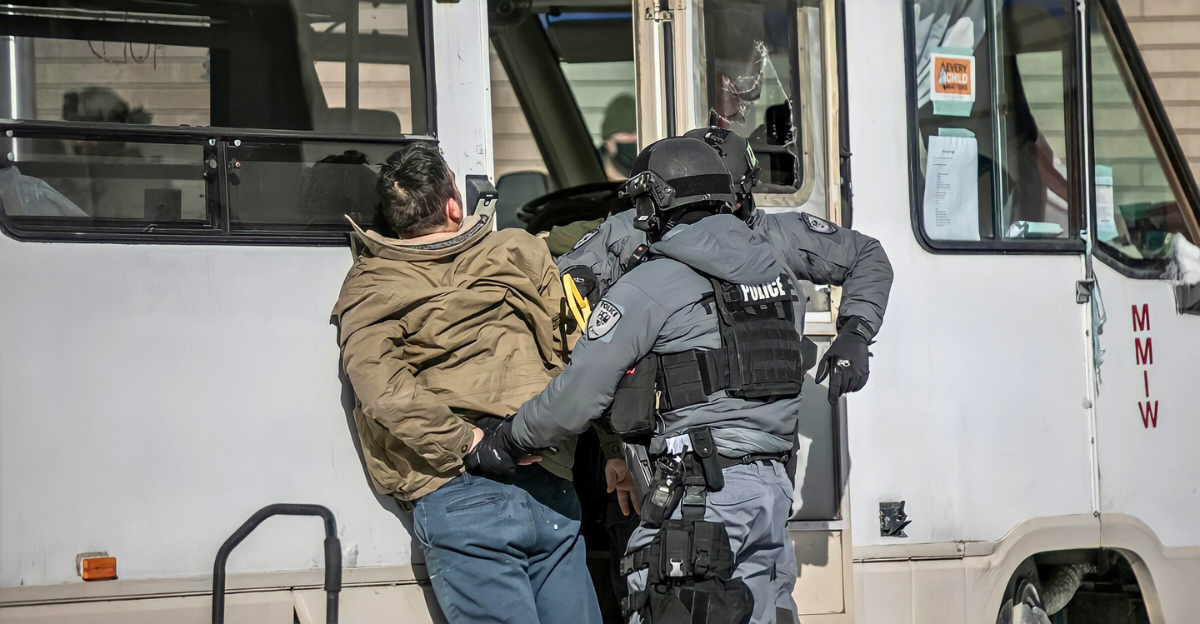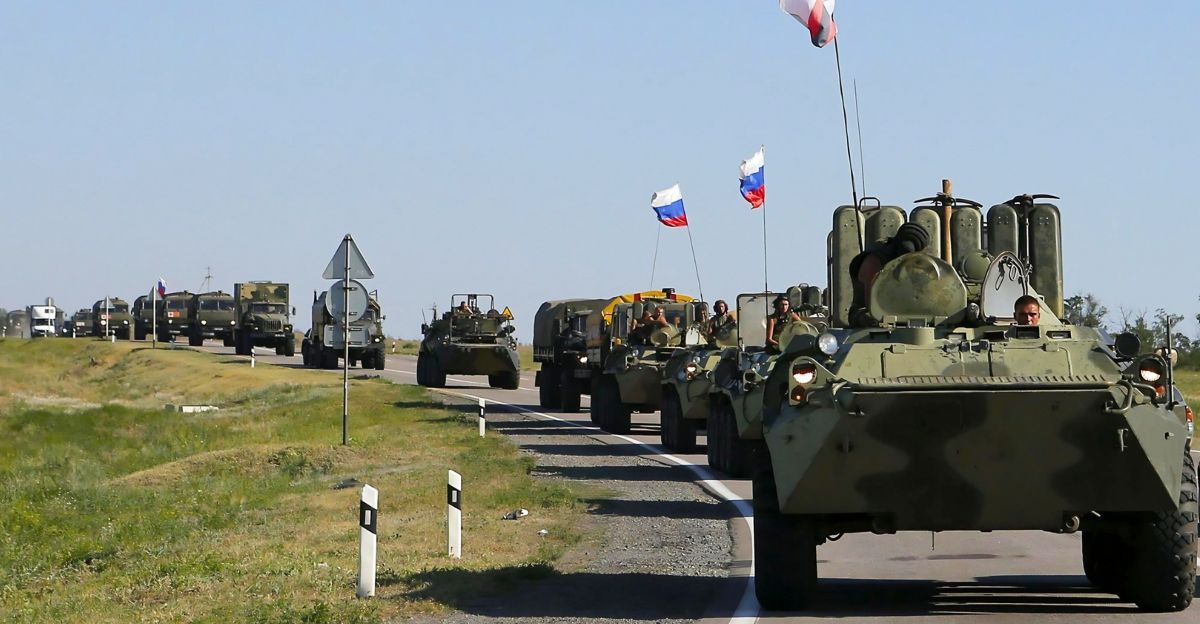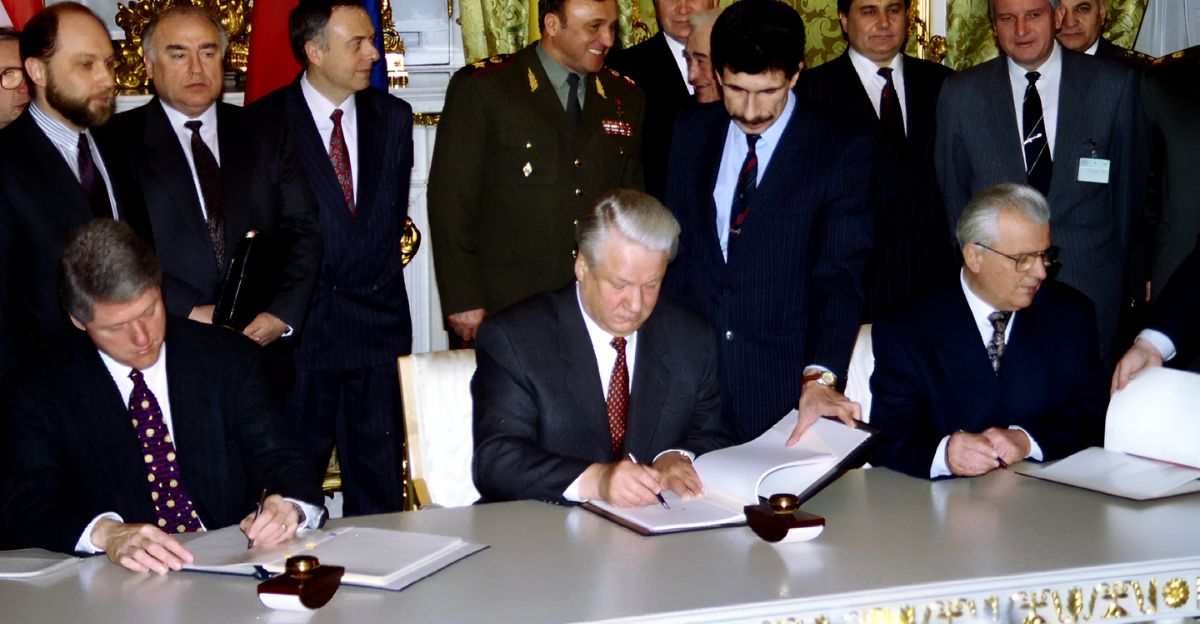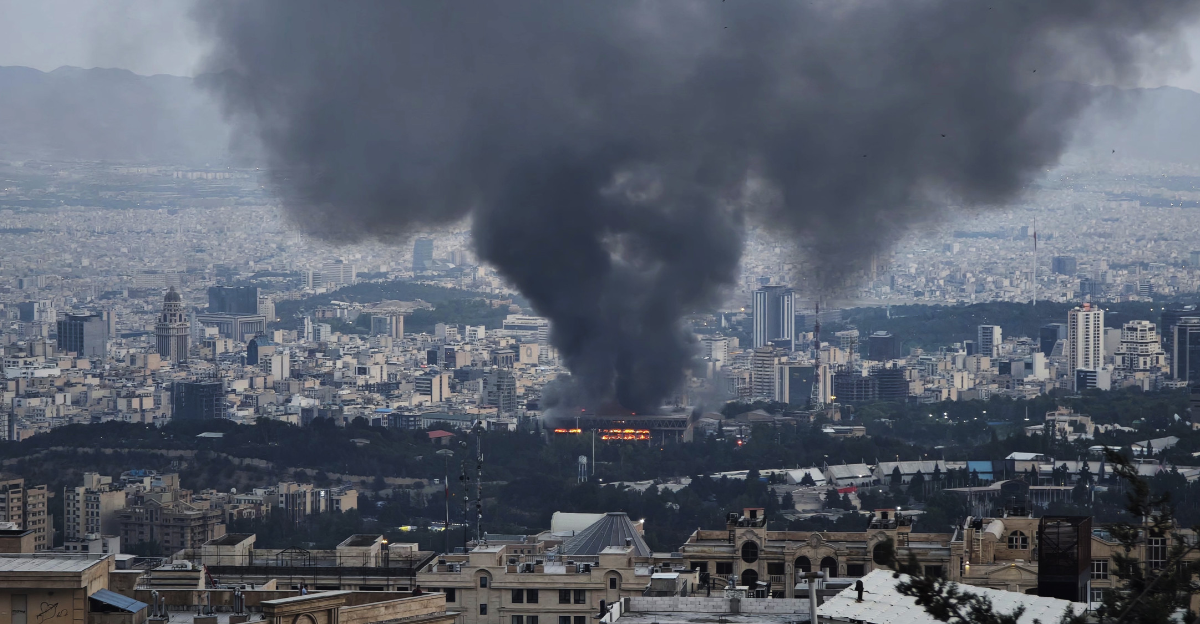
On June 22, 2025, the United States dropped 14 of its most powerful bunker-buster bombs on Iran’s three most fortified nuclear nuclear sites, shattering decades of strategic caution. Oil markets recoiled, allies split, and 40,000 American troops braced for retaliation. The attack was swift, but its consequences are anything but settled.
While the White House says Iran’s capabilities were “obliterated,” others warn that key materials may have been moved in time. The facts are still coming into focus. But one thing’s clear: this wasn’t just a military operation. It was a warning shot at the nuclear world order.
America’s Secret Weapon Finally Unleashed
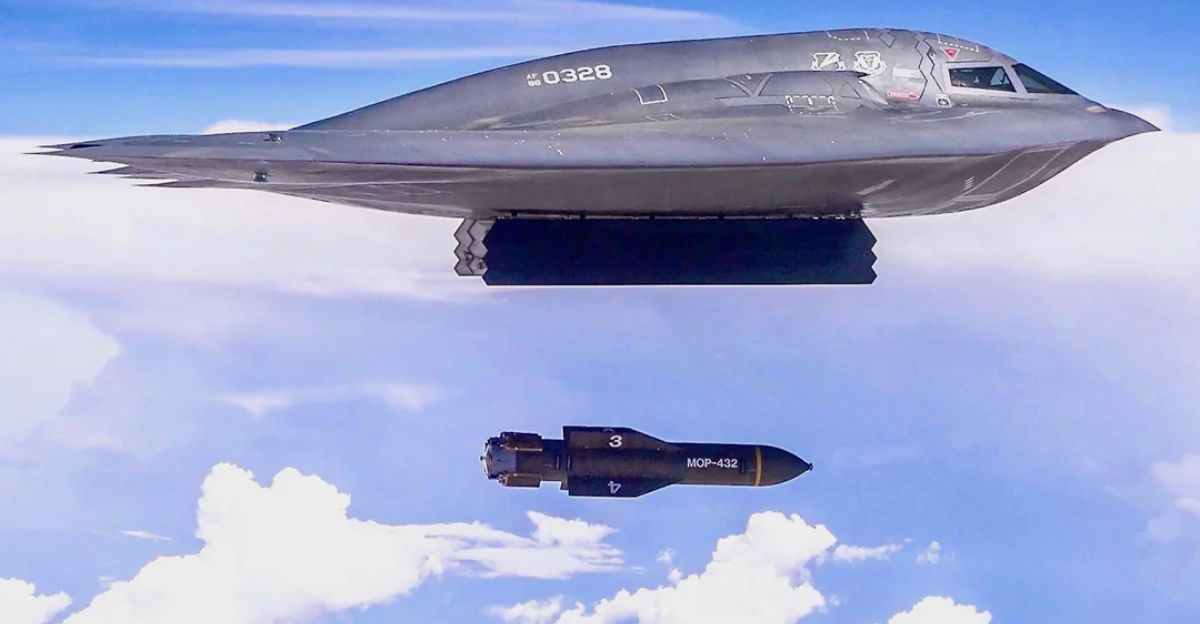
The GBU-57 Massive Ordnance Penetrator is a 30,000-pound bomb designed to pierce deep underground before detonating. It can break through 60 meters of reinforced concrete, enough to reach Iran’s Fordow nuclear site, buried nearly 90 meters below the surface. Until now, this weapon had never been used in combat.
Only the U.S. has stealth bombers capable of delivering it, giving Washington a unique edge in modern warfare. That edge was put on full display. And with it, America sent a global message: even the most protected nuclear assets are not beyond reach.
Inside the Stealth Mission Known as Midnight Hammer
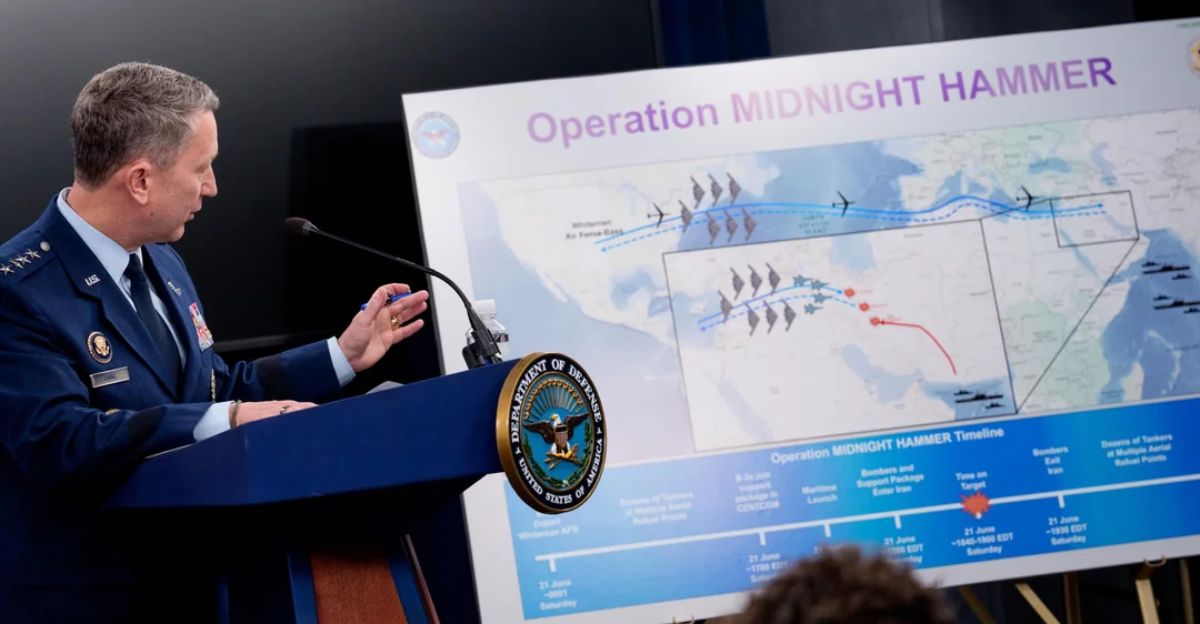
Operation Midnight Hammer involved seven B-2 bombers flying nonstop from Missouri in a carefully choreographed mission. The 18-hour round trip included multiple in-air refuelings and strict radio silence. Meanwhile, decoy jets drew Iranian radar away as U.S. submarines launched Tomahawks at other sites. The actual bombing took just 25 minutes, but the operation required over 125 aircraft working in concert.
Every phase was designed to confuse and overwhelm Iranian defenses. The precision and coordination signaled more than firepower, it showcased a level of tactical sophistication that few militaries can rival.
Iran May Have Moved Its Most Dangerous Uranium
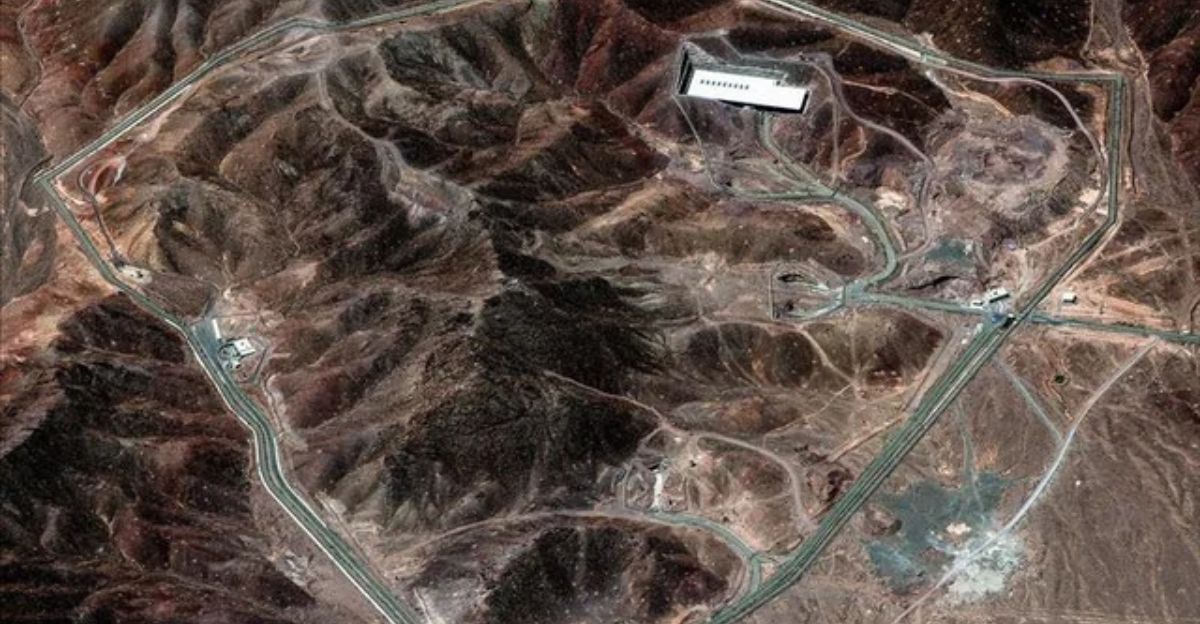
In the days before the strike, satellite images revealed convoys leaving the Fordow facility. Analysts believe Iran quietly moved 400 kilograms of uranium enriched to 60% purity, just shy of weapons-grade. That’s enough material to eventually build nine nuclear bombs.
According to the IAEA, this stockpile was “safeguarded,” meaning it likely survived the attack. If true, Iran’s most potent assets may now be dispersed across unknown locations. The nuclear threat wasn’t fully neutralized, it shifted underground, complicating any hopes for containment in the days ahead.
Trump’s Mixed Signals Weren’t a Mistake

While Trump boasted that Iran’s facilities were “totally destroyed,” his administration walked back talk of regime change. That contradiction wasn’t an error, it was intentional ambiguity. By keeping Iran unsure of American intentions, Trump preserved strategic flexibility and domestic political leverage.
Vice President Vance denied any push for regime overthrow, yet Trump’s “Make Iran Great Again” posts suggested otherwise. The result? Tehran must now prepare for multiple outcomes, unsure whether to expect diplomacy, escalation, or something in between. Mixed messaging has become a tool of modern psychological warfare.
Why China and Russia Reacted with Alarm
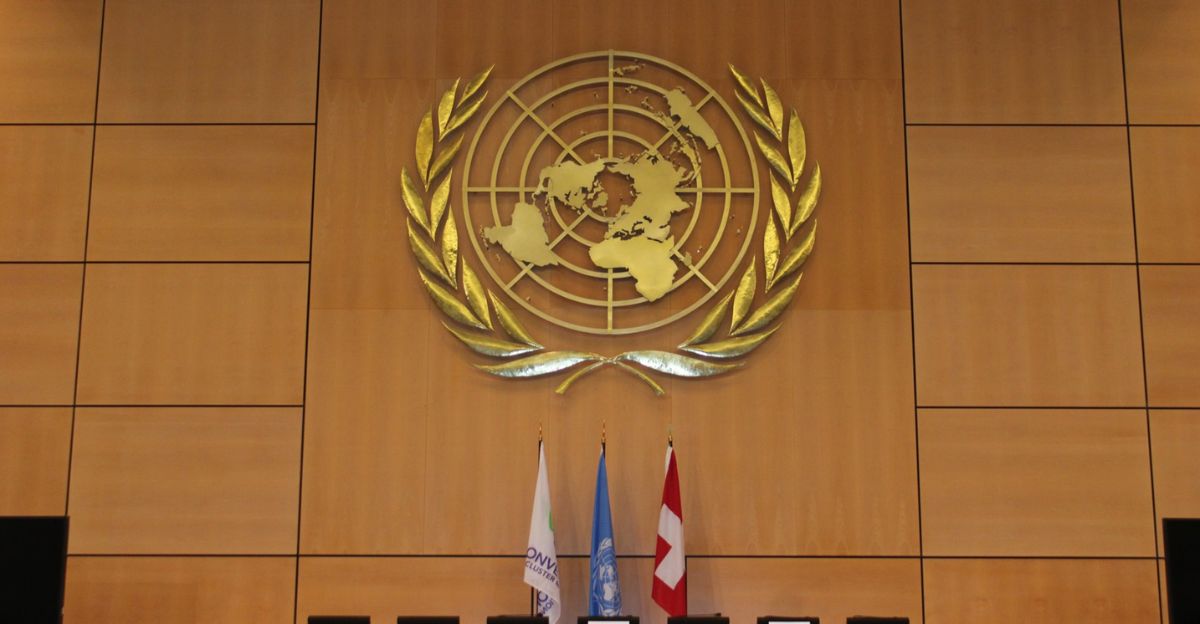
China quickly called the strikes a violation of the UN Charter, while Russia accused the U.S. of setting a dangerous precedent. Both nations saw the attack as more than an isolated incident, it was a warning that nuclear infrastructure, even under IAEA monitoring, might no longer be off-limits.
China’s concerns are partly economic, as it relies heavily on Iranian oil. Russia, tied to Tehran through an April defense pact, now faces pressure to respond. These responses aren’t just diplomatic posturing, they reflect deeper fears about who might be targeted next.
Iran’s Oil Threat Is Still a Global Weapon
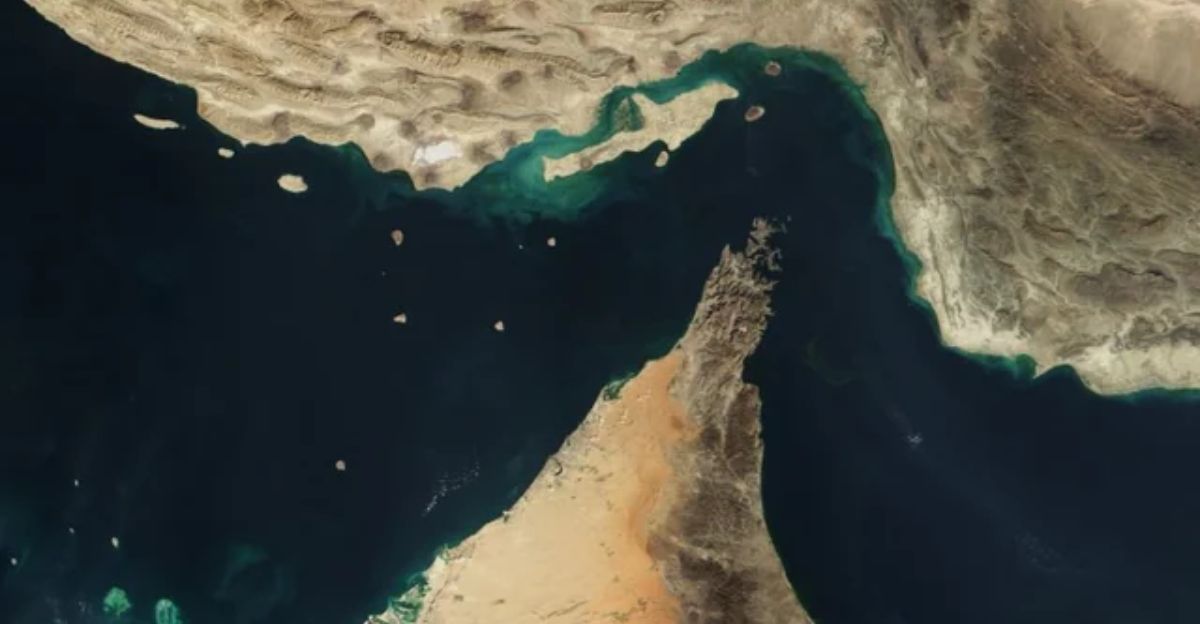
Iran responded with a threat to close the Strait of Hormuz, a narrow waterway that handles 20% of the world’s oil. Blocking it would choke global energy supply, but also cripple Iran’s own economy.
Still, the mere threat caused oil prices to spike over 2 %. U.S. officials dismissed it as bluff, but Iran has used similar tactics before. In a moment of crisis, symbolic threats can carry real weight. While its nuclear capabilities may be damaged, Iran’s control over oil flows remains a powerful bargaining chip.
40,000 U.S. Troops Are Now Exposed Targets
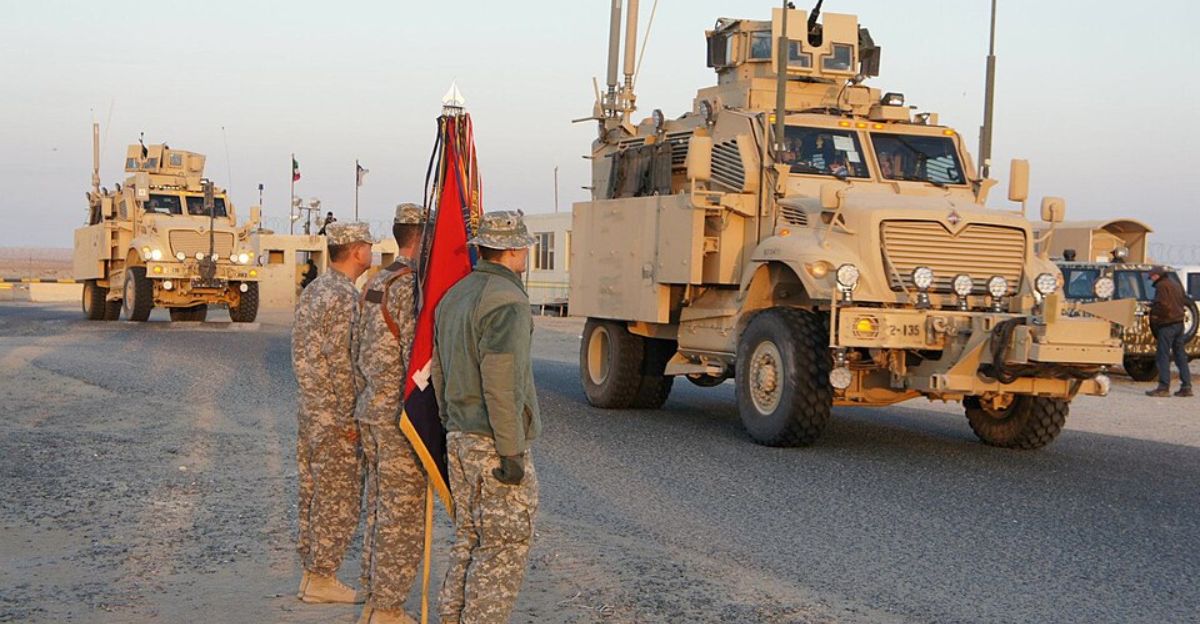
American forces across Iraq, Syria, Jordan, and the Gulf are now potential targets for Iranian-backed militias. In 2020, over 100 U.S. troops were injured when Iran launched missiles at a base in Iraq. The Pentagon has since deployed reinforcements, including the USS Nimitz strike group. But the risk remains.
Since October, Iranian proxies have carried out more than 160 attacks on U.S. positions. Tehran can strike without direct confrontation, keeping the conflict in a gray zone. Every American in the region is now operating under a heightened threat level.
A New Nuclear Arms Race Could Be Brewing
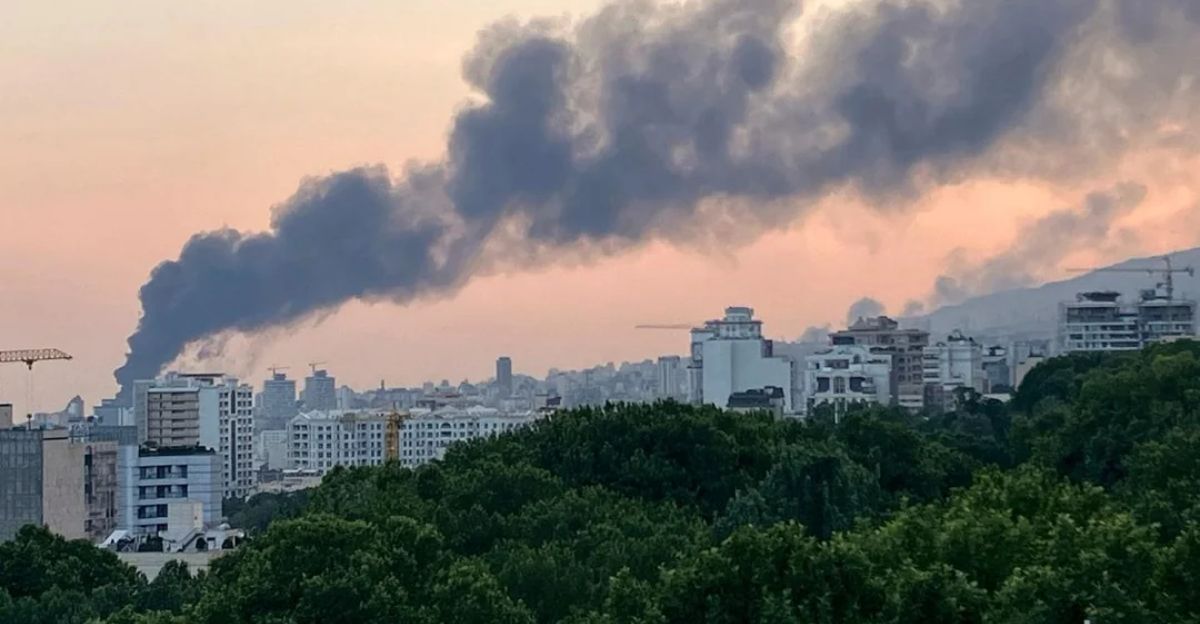
Saudi Arabia has openly said it will seek nuclear weapons if Iran develops them. Other regional powers like Egypt and Turkey already operate civilian nuclear programs that could pivot toward weapons. The U.S. strike may have delayed Iran’s progress, but it also showed the world that nuclear sites can be hit, even under inspection.
That could push nations to hide their efforts or accelerate development before being targeted. The nonproliferation regime is now under intense pressure. What began as a deterrent could turn into a spark for new proliferation.
Why This Strike Was Years in the Making

Iran’s nuclear ambitions stretch back decades, but they gained momentum after the U.S. left the 2015 nuclear deal. Since 2018, Tehran has ramped up uranium enrichment and blocked key inspections. By early 2025, experts warned Iran could produce bomb-grade uranium in under a week. Diplomacy had run out of time.
Trump’s decision to strike was controversial, but it didn’t come out of nowhere. It was the culmination of years of missed opportunities, failed agreements, and quiet escalation that finally reached its boiling point.
Behind the Bombs, an Intelligence War Is Raging
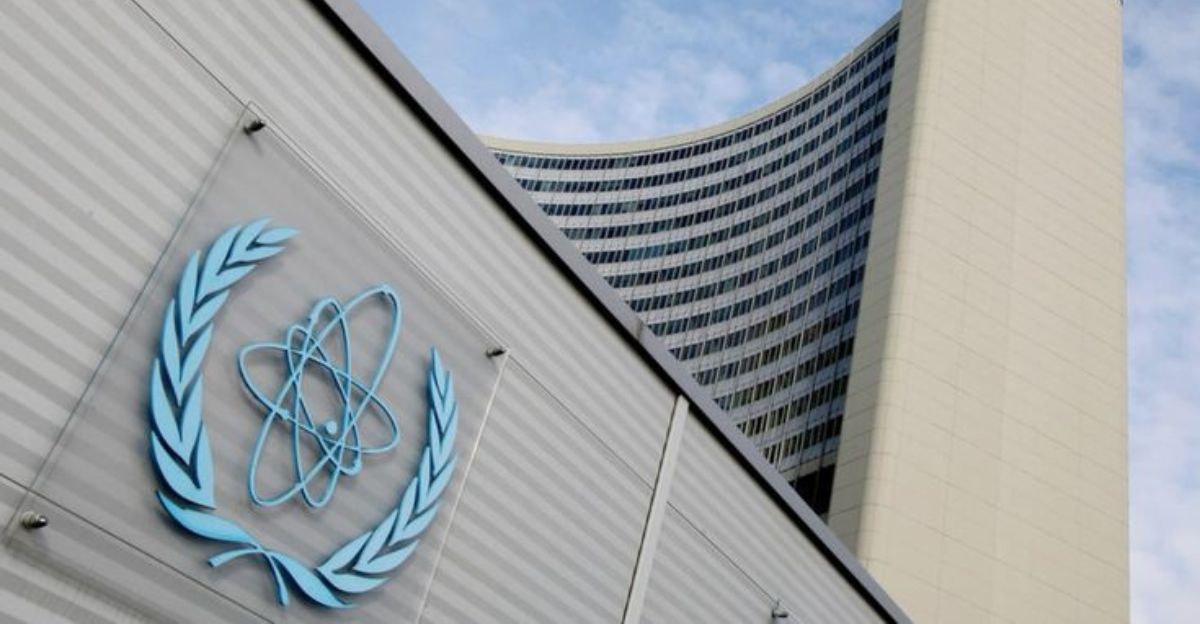
Iran’s apparent relocation of nuclear materials suggests it had advance warning. Either there were leaks inside U.S. planning circles, or Iran’s intelligence network outpaced America’s. The IAEA hasn’t confirmed the extent of the damage, and U.S. officials admit they can’t locate Iran’s full uranium stockpile.
After Tehran pulled back from IAEA oversight in 2021, critical blind spots emerged. Now, questions swirl around what Iran still has, and where it’s hiding it. The fight over intelligence may be the most decisive front of all, shaping what happens next behind closed doors.
The World Is Divided, Just Like Before
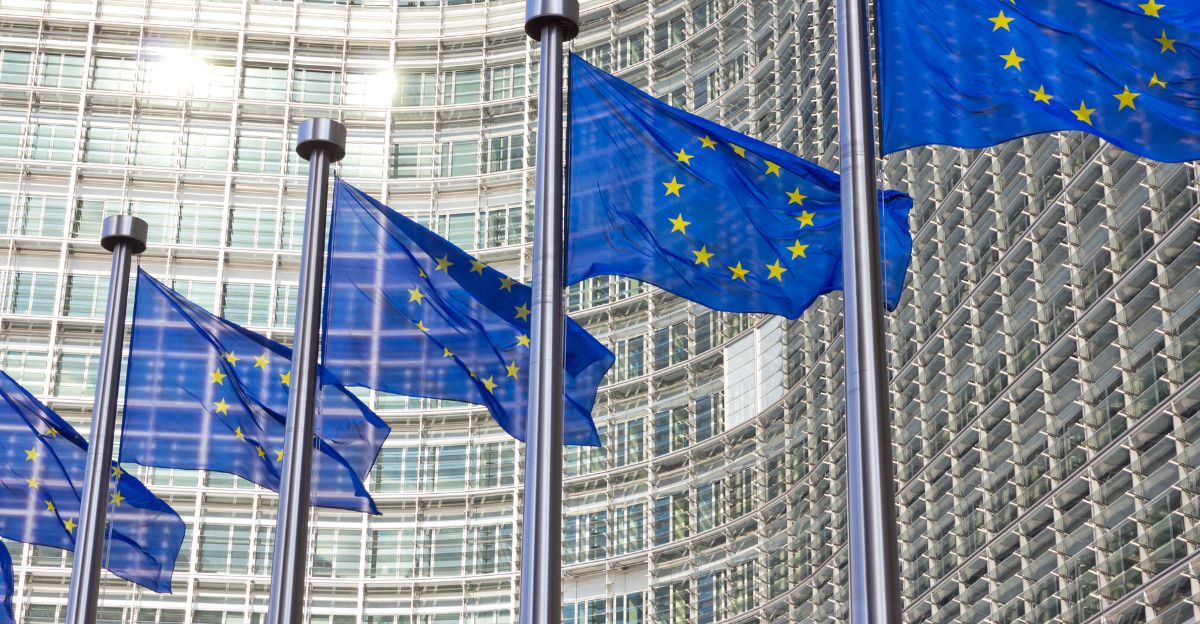
Protests broke out across multiple capitals, while allies split in their reactions. Israel praised the strike, calling it necessary and bold. European nations urged calm and diplomacy. Australia backed the U.S., while the U.K. kept its distance. Social media lit up with both outrage and support.
At home, Americans remain split, torn between the fear of nuclear threats and fatigue from endless Middle East conflicts. As always, the loudest voices don’t necessarily reflect long-term strategy. But this moment, like others before it, shows that consensus in a nuclear crisis is rare and fragile.
What Happens Next Will Shape the Century
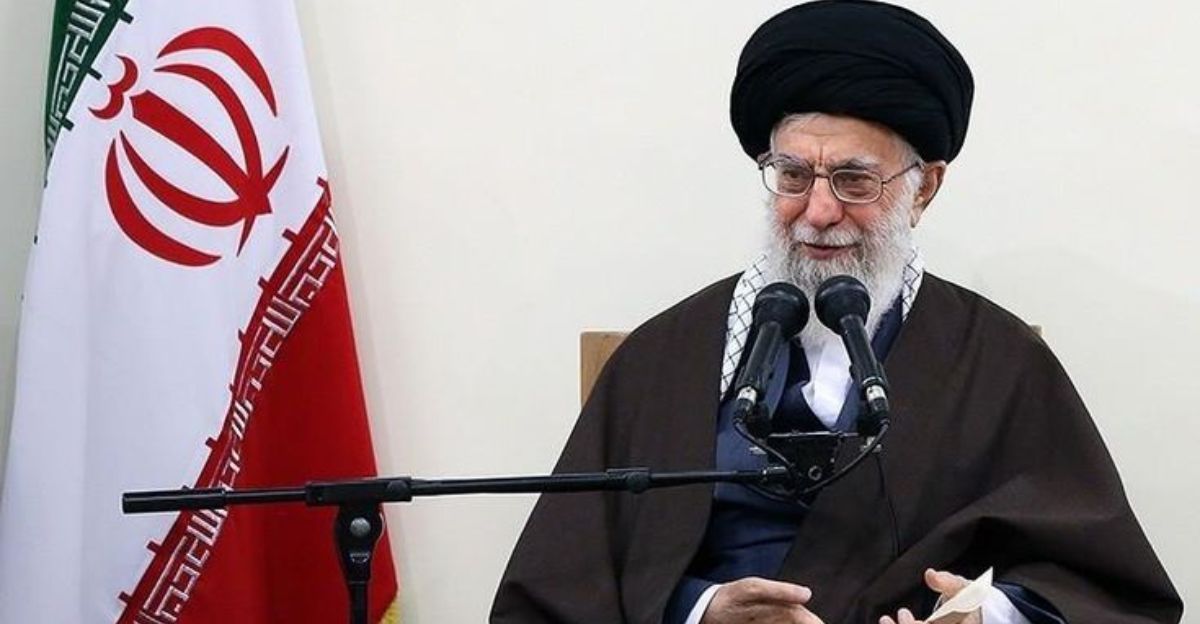
Iran’s next move may determine the region’s future. It could retaliate and trigger broader war, or pull back to regroup. The trip to Moscow suggests Tehran is weighing its options carefully, but also seeking cover.
Recent missile exchanges with Israel hint at how quickly things can spiral. And while Trump calls this a win, the endgame is still unclear. Iran’s survival may now depend on choosing strength without tipping into self-destruction. What comes next won’t just shape the Middle East, it could define the global balance of power for decades.
The World After the Red Line
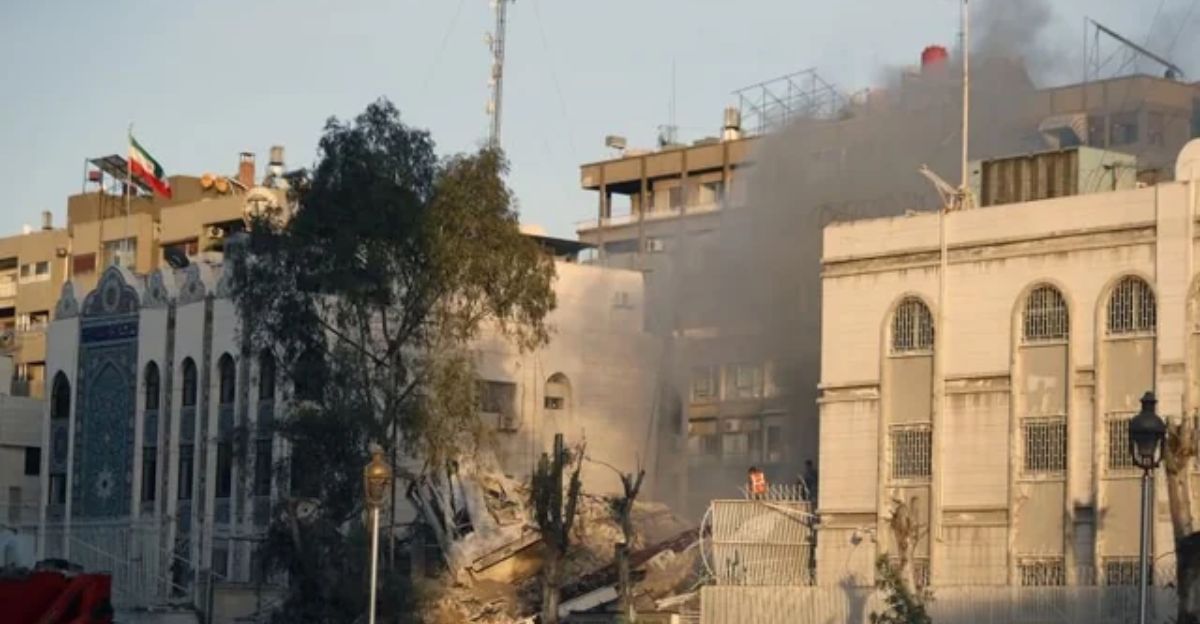
This strike marked more than the destruction of nuclear facilities, it signaled a shift in how threats are handled. By attacking monitored sites, the U.S. challenged the boundaries of global arms control.
Other nuclear aspirants may now hide their programs deeper or speed them up. The risk of a world where every state takes preemptive action is no longer theoretical. Iran may quit the Nuclear Non-Proliferation Treaty, dealing a blow to an already fragile system. What began as a show of strength could redefine how the world manages its most dangerous weapons.
Uncover more fascinating moments from history — and hit Follow to keep the stories flowing to your feed!

Don’t miss more incredible stories from the past! Tap Follow at the top of this article to stay updated with the latest historical discoveries. Share your thoughts in the comments — we’d love to hear your perspective!

